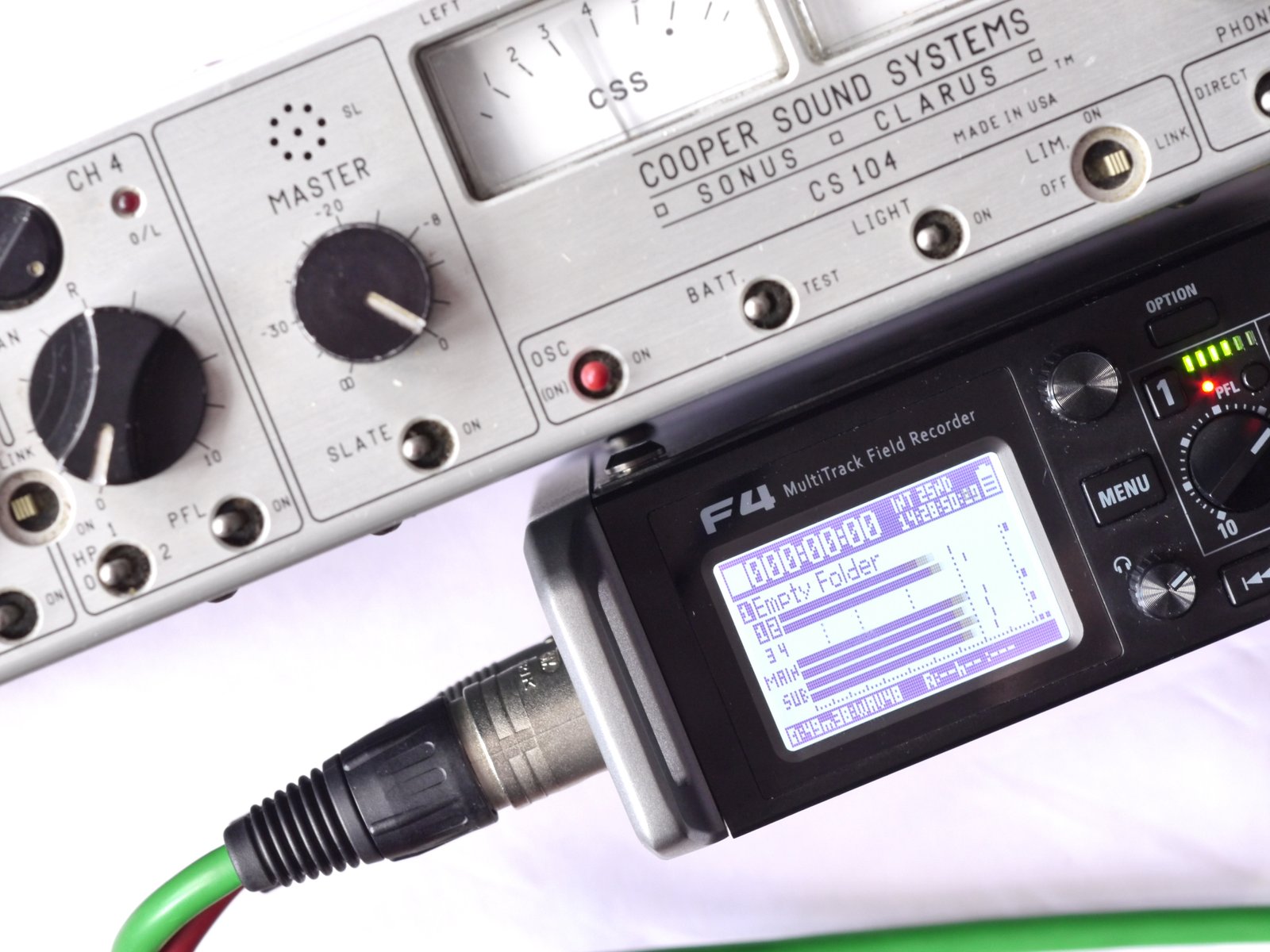
The control panel has lots of features, one of the most obvious being a live reminder of software and firmware updates, and I applied both without difficulty to get the latest Antelope experience. You can control some functionality from the front panel of the Zen itself. You have three buttons (note there is no power off switch – if you want to do that you need to pull the power plug – dc wall wart I’m afraid but at least the power connector is locking.) and a rotary with visual feedback from a small but nicely readable colour screen with some really nice fonts! Your basic info screen has Sync Source, sample rate and levels for the three monitor outputs. The jacks on the back and the two headphone outputs on the front. You can access Mic gain of the twelve mic inputs (and here you get on board meters), the clock source, sample rate and a couple of other system settings from the front panel but really the sheer number of features on the Zen means at the moment you really do need computer control.Zero latency monitoring is available via the four onboard DSP mixers which are independently routable to your monitors and headphones. Talking of latency, the control panel offers several different streaming options, from a minimum setting that gets you down to 64 samples to an extra safe streaming mode which is when your recording for keeps and only have one hit.
The top section of the control panel allows you to see a bank of inputs at all times, preamps, line inputs, adat or spdif, which is great, my old tired eyes found the level metering could do with a little more contrast here as the meter bars are necessarily on the thin side. Routing is drag and drop, anything to anything, nicely colour coded and works well. A rubber band function for multiple selection would be nice.
I think it is fair to say that as a new product the Zen Studio has software that is perfectly functional but there is more to come and more to be done. I found a metering anomaly on the preamp inputs at line level and I’m sure users are knocking on the Antelope door for interface tweaks (for instance something to make handling multiple channels in the mixer easier) and more DSP options. EQ and Dynamics are a good start, though I think the compressor could be easier to use. Reverb I understand is coming soon and delay would also be nice as would MS processing and well all the usual DSP stuff.
I’ve managed to get to the end of the review without dwelling on two of the most controversial aspects of the Zen – it has no rack ears, and worse in some people’s eyes, it has a handle at one end and the ADAT connectors at the other. If you read the forums you’ll find a few frothers, being much the same people who obsess over whether the mic amps sound like Neve or APIs. To be honest I could handle it, but then I wasn’t racking it. Antelope say this is a box to go on the move with hence the handle. In summary I think the Antelope is a brilliant box – huge analogue connectivity and USB bandwidth and sounds great, with quality mic amps and convertors. On top of this foundation FPGA inside means serious room to grow as far as DSP is concerned. I love it. I think I will hang some cables through that handle, just for the hell of it.

